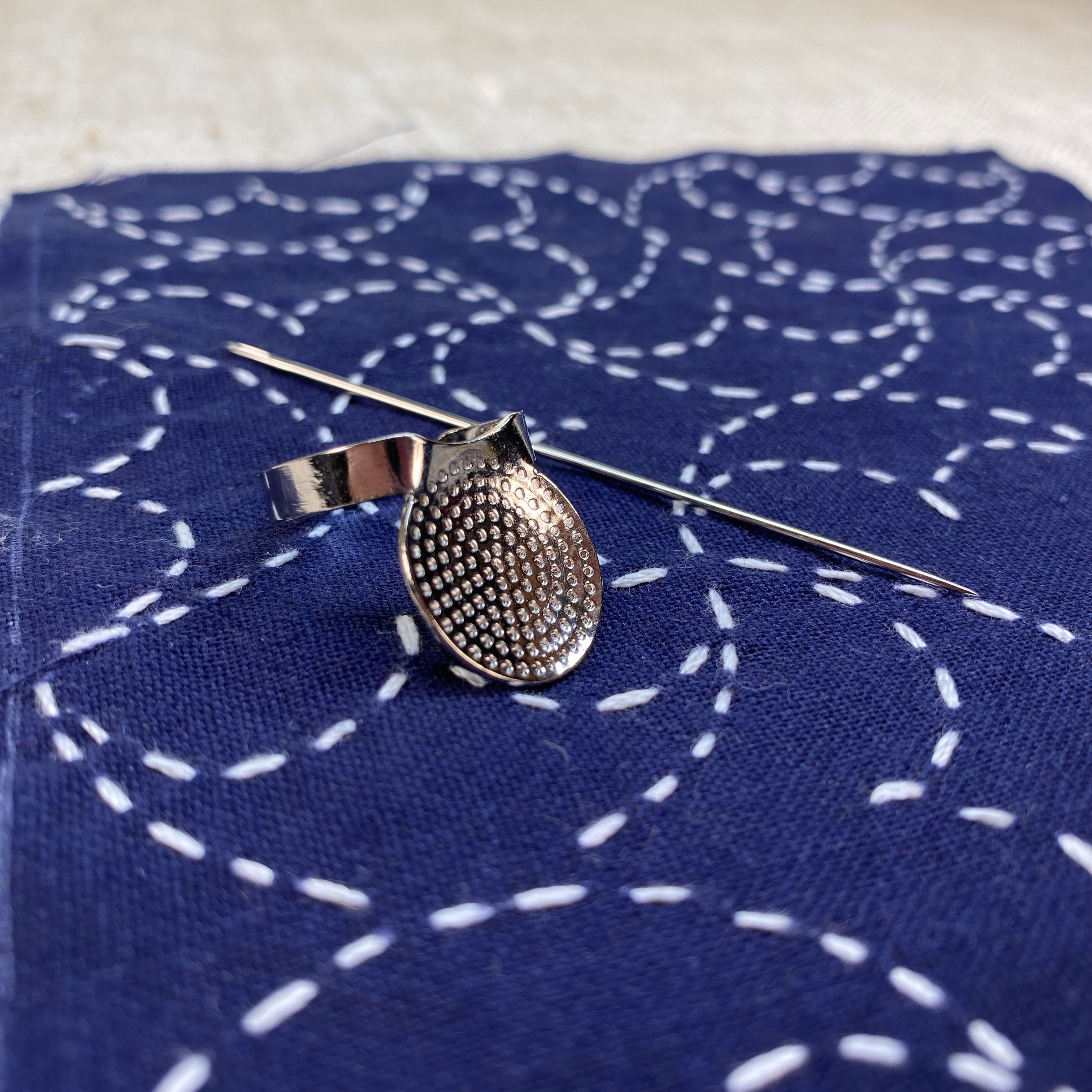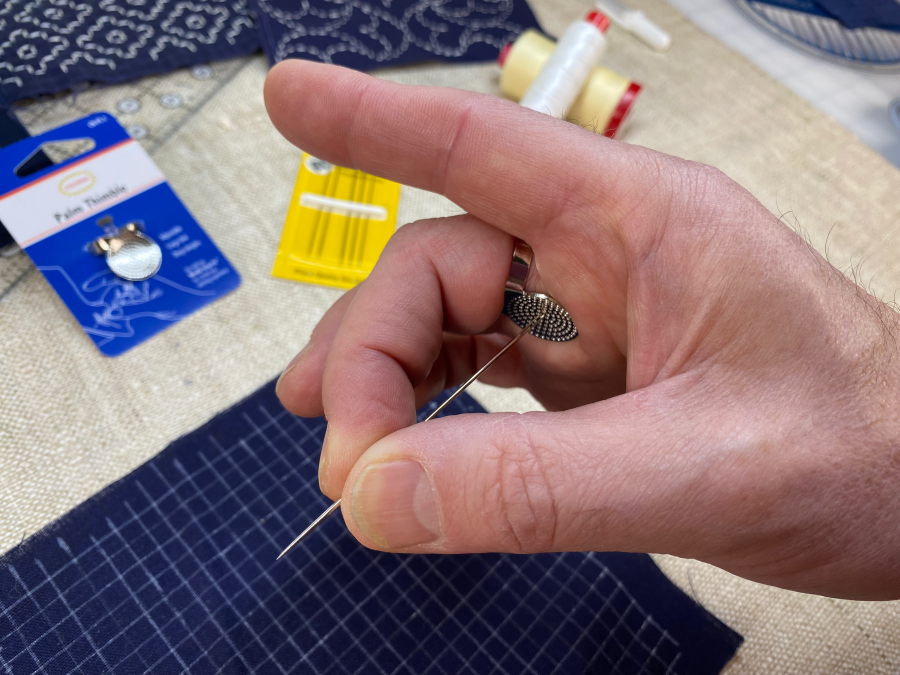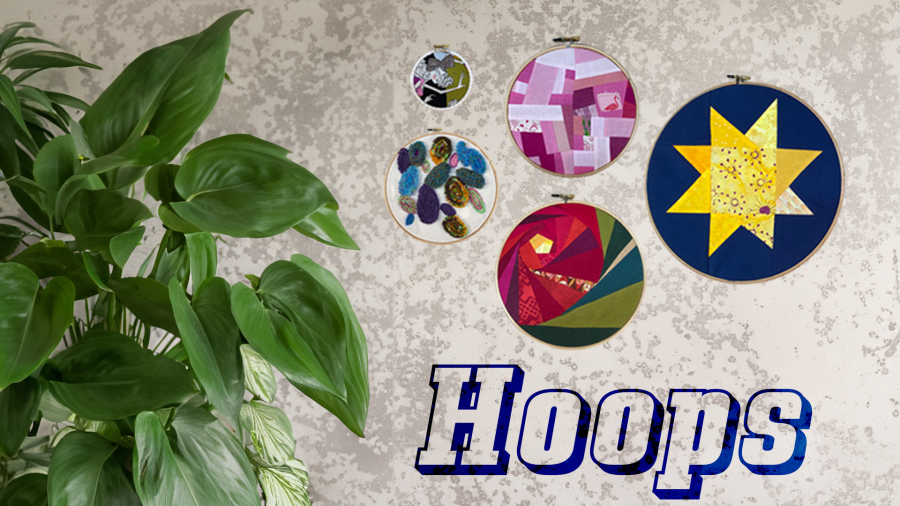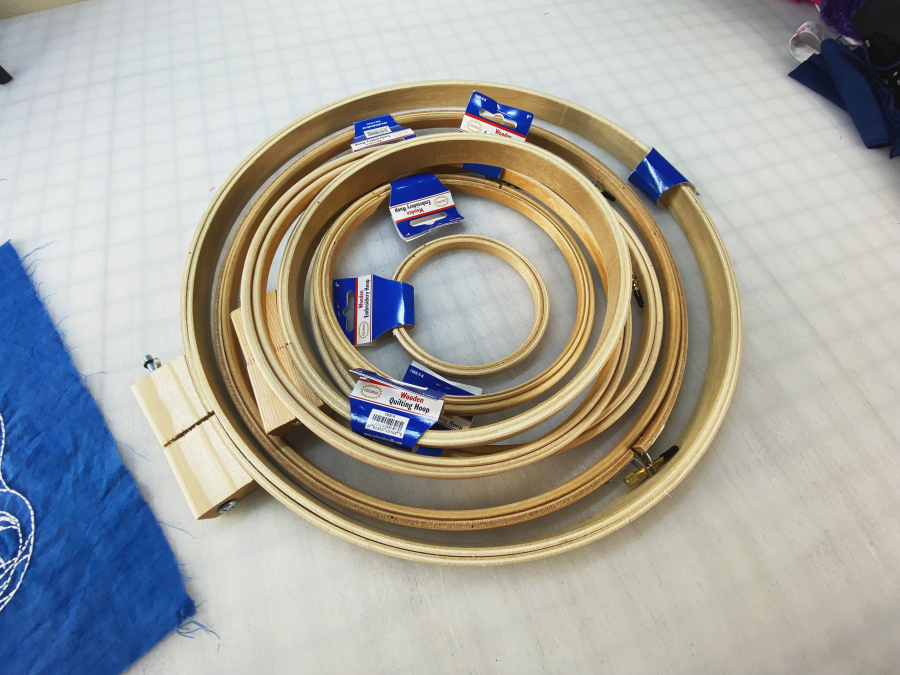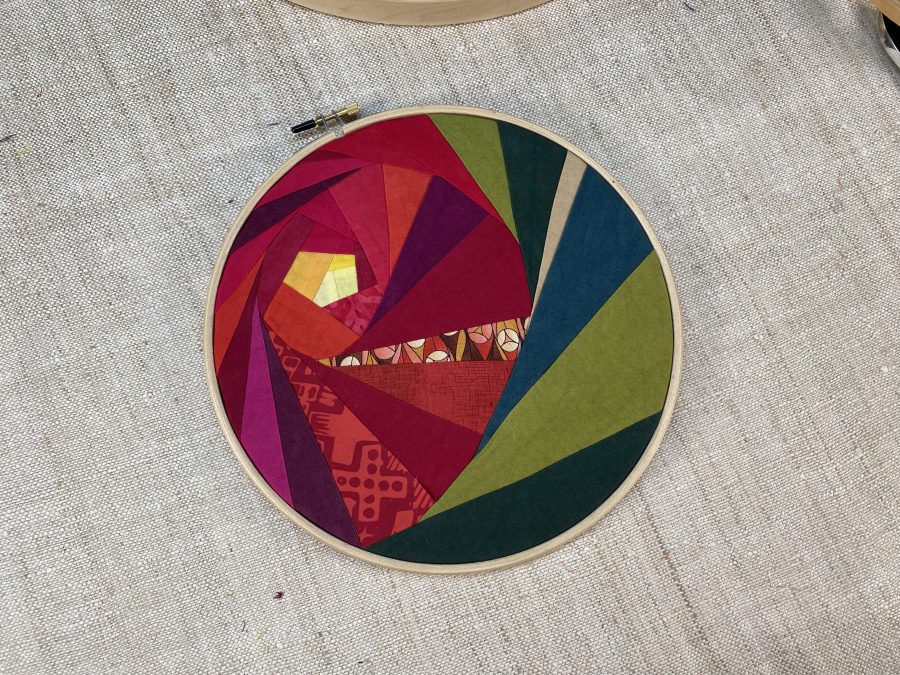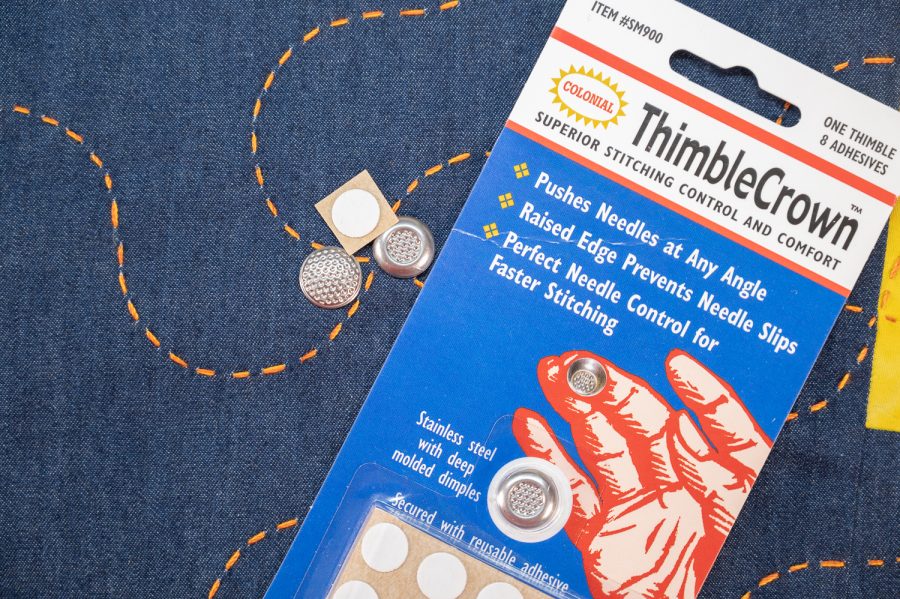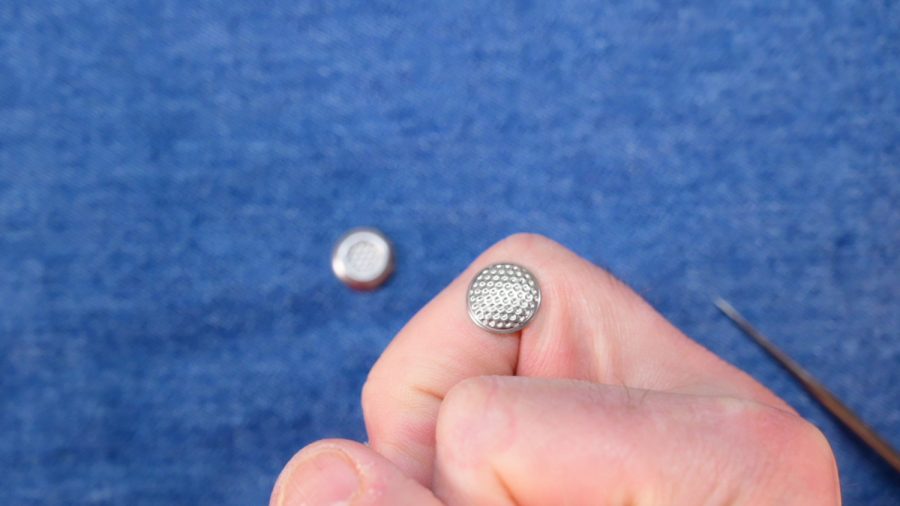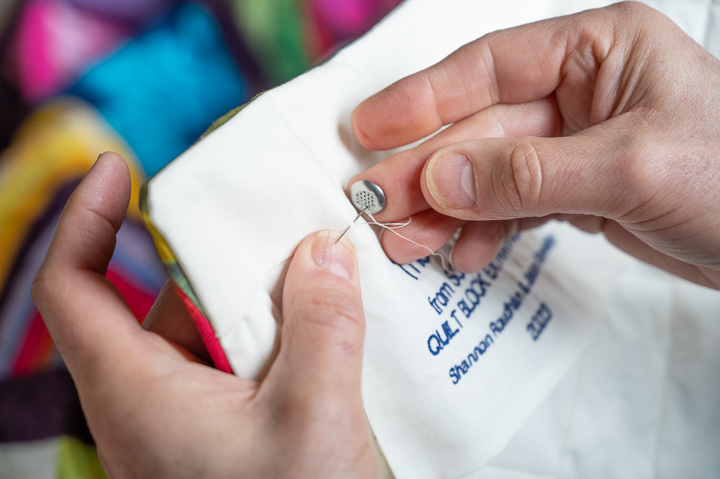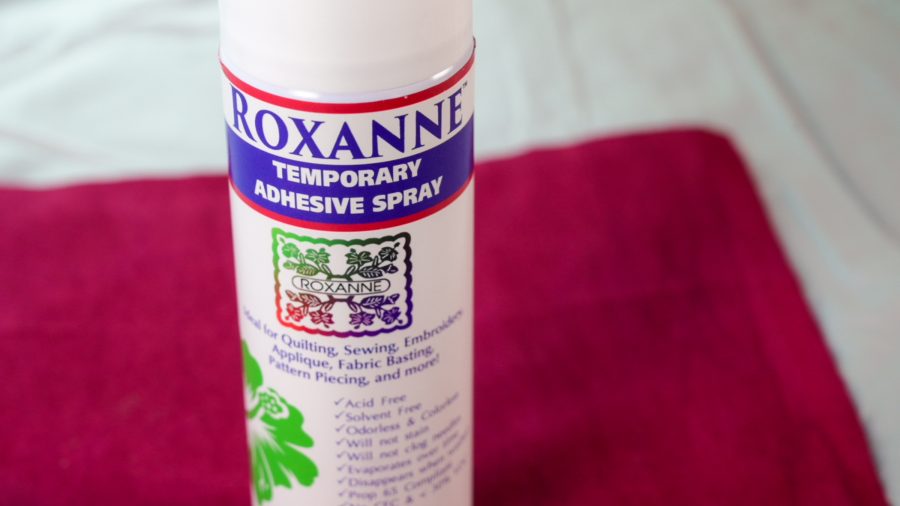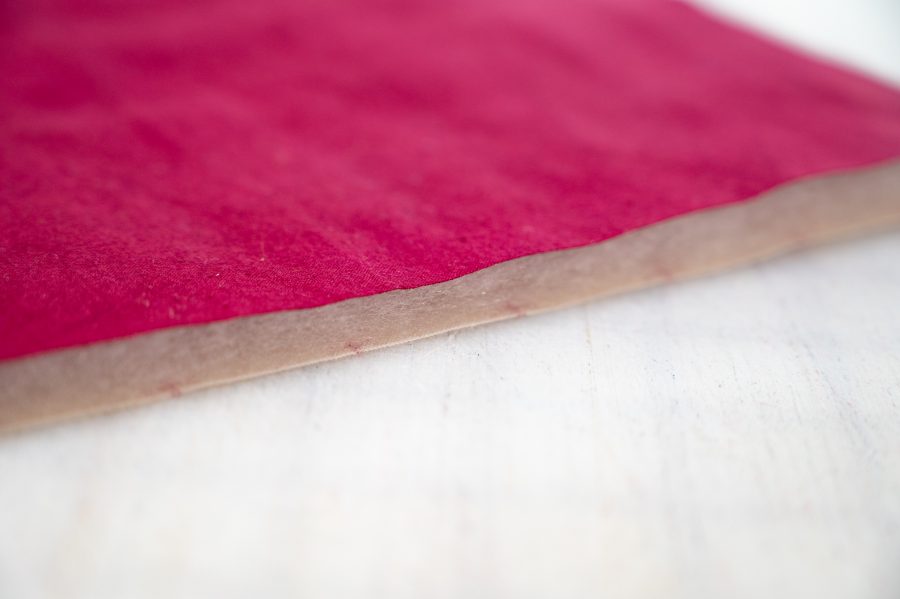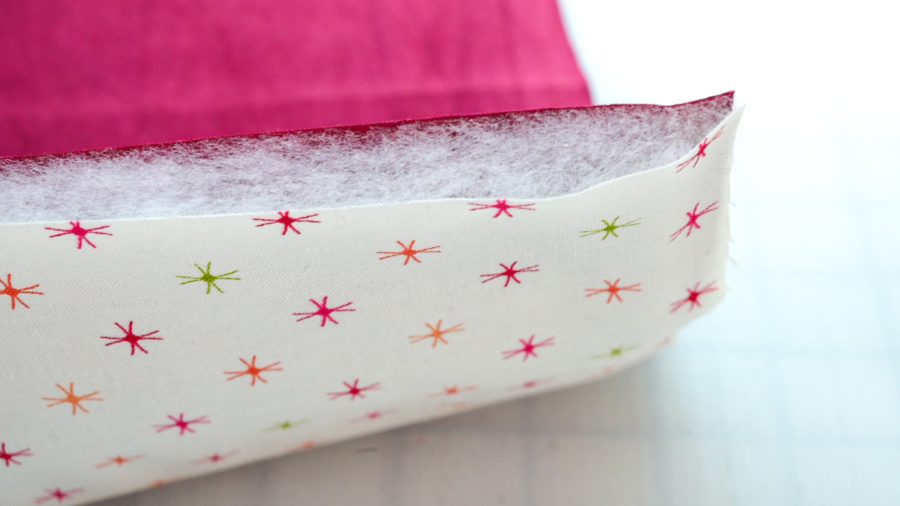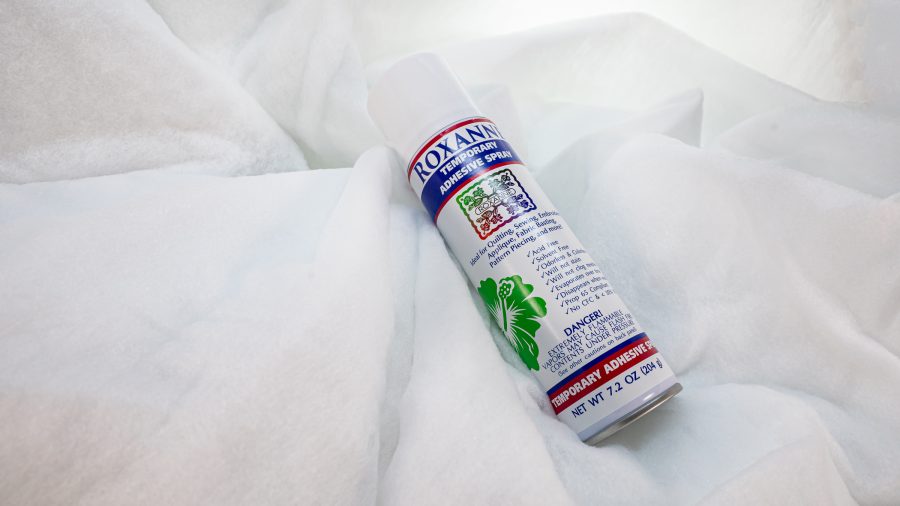The holiday season is officially here! Time to indulge in food, fun,music,friends, and—let’s be real—panicking over what to gift. If you’re anything like us, it’s that last part that causes a mini existential crisis as you try to figure out what that special person would actually enjoy.
A coffee mug? Sure, but they have thirty of those, and it’s doubtful one more is going to spark joy.
A fancy leather wallet? Great, except without cash inside, it’s basically a bad omen.
A new vacuum? Unless you’re trying to sleep on the couch this year, don’t go there…seriously, don’t.
So, what’s our go-to for holiday gifting?
We love giving (and receiving) crafting tools! Yep, they’re our secret weapon. And if you are here reading this, you definitely have amaker in your life and you searched “gifts for crafty people” or someone sent you this link as a *HINT*HINT*nudge. Giving tools and supplies for a specific hobby shows you actually get the person and want to support what they love doing. Plus, it’s a gift that’s both thoughtful and practical—no one’s going to end up with a drawer full of unloved tchotchkes. Whether your crafty friend is just starting out or has been a maker since they were kids,there are tools (a.k.a. grown-up toys) for all levels. The Colonial Needle Company has an amazing array to choose from, from beginner-friendly needle collections to fancy, advanced tools for the pros—perfect for taking their projects to the next level.
And unlike, say, a mousepad that will probably end up in a drawer, these gifts will be used. They actually help create something tangible and meaningful, which in turn makes your gift feel extra thoughtful. You’re not just gifting an item; you’re gifting a whole new creative adventure. What could be better than that?
Give a few of these as individual gifts in a stocking or goodie bag or go all in and grab them all and bundle them into a FAB gift basket for the maker in your life. Either way, they will love it!
Here are our favorites for 2024:
- The NEW Palm Thimble
- John James Long Darner Needles
- Easy-Store Tape Measure
- Presencia Thread Collections
- Roxanne Chalk Marking Pencils
- Mat Smoother
- Sixth Finger™ Stiletto
- Curved Quilting Needles
- Knitters Needles
- Roxanne Glue
- John James 100 Needle Collection
- Colonial 100 NeedleCollection
- John James 33 Craft Needle Collection
- Colonial Best Home Needle Assortment
- Hand Needle Pack II
- The NEW Needle Wheel
- Thimble Pack Plus
- All Fingertip Thimbles
Gift-giving is one of life’s little joys, so don’t dread it. Have as much fun picking out the perfect tools as they’ll have using them!

